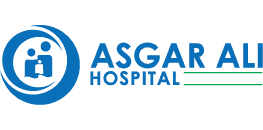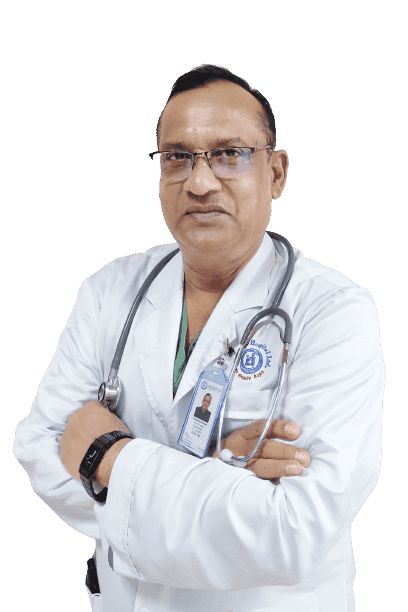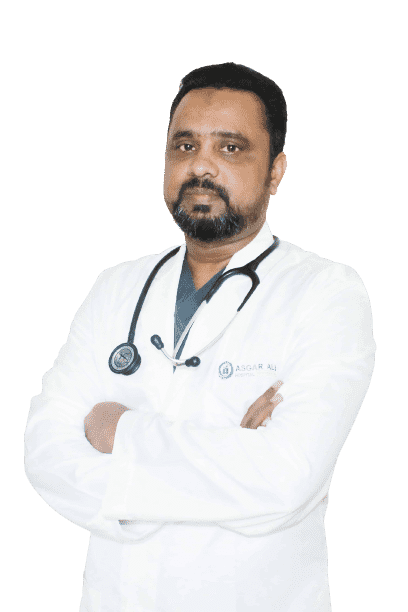Anaesthesiology
The Anaesthesiology department of Asgar Ali Hospital uses the most advanced, safe & patient focused techniques in the delivery of anesthetic care. The department offers consultation in all areas of anaesthesia and critical care as well as acute and chronic pain management.
The Anaesthesiology department is the premier department in the country composed of postgraduate highly skilled & experienced anesthesiologist who have received training from the best institute.
Our aims to provide optimum quality of patient care not only in the operation theatre but also beyond it, by optimizing preoperative patient status and providing comprehensive patient care during intra-operative & post-operative period.
All our operation theatres are constructed as modular operation theatre. Operating theatres and recovery rooms are well equipped with HEPA (High Efficiency Particulate Air) filters, temperature & humidity control system, air and fluid warming devices to reduce patient’s discomfort. We follow the universal “Time Out” protocol in all OT to perform best quality & error less surgery.
Range of Services:
Pre-operative anaesthesia consultation
Anesthesia services for emergency resuscitation in wards and emergency department
Anesthetic services for :
General surgery
Uro-genital surgery
Pediatric urology
Dental surgery
Hepato-biliary surgery
Maxillofacial surgery
Neurosurgery
Obstetric & Gynecological surgery
Ophthalmology
Orthopedic & trauma surgery
Otolaryngology
Pediatric surgery
Spine surgery
Onco surgery
Cardiac surgery
Pediatric cardiac surgery
Kidney transplant
Anesthetic services for MRI & CT scan, Endoscopy, Colonoscopy.
Management of 24-hour surgical intensive care unit.
Acute and chronic pain management.
Pre-anaesthetic check up: Patient’s fitness for surgery is checked by an anesthesiologist prior to operation. In pre-anesthetic check up following things are done:
History taking of patient
Physical examination
Related investigation
Explanation of risk & benefit to patient and party.
Obtaining informed written consent.
Types of Anaesthesia:
General Anaesthesia – It is a treatment that renders you unconscious during medical procedures, so you don’t feel or remember anything during the procedures. It is commonly produced by a combination of intravenous drugs and inhaled gasses (anaesthetics).
Risks and complications from general anesthesia:
Sore throat, post-operative nausea and vomiting.
Pain in operative area.
Regional Anesthesia – Regional anaesthesia includes:
a) Spinal anaesthesia
b) Epidural anaesthesia
c) Peripheral nerve block
a) Spinal anaesthesia: In spinal anesthesia medicine is injected into the fluid that surrounds the spinal cord. Most common complication is headache.
b) Epidural anaesthesia: Drugs introduced in epidural space surrounding the spinal cord. It can be used for both anaesthesia and post-operative pain management. Most common complications are headache and inadequate anaesthesia.
c) Peripheral nerve block: Drugs injected close to a nerve or bundle of nerve. Commonly brachial plexus block, ankle block and trans-abdominal plane block.
Risk of peripheral nerve block: Rarely nerve damage can cause persistant numbness, weakness or pain.
Local Anaesthesia – Numbs the part of your body where you will have the surgery. Local anesthesia is most often used when:
A minor procedure doesn’t require general or regional anesthesia.
A surgery can be done in a short time and you will go home soon after.
A surgery does not require unconsciousness or extreme muscle relaxation.
Risks and complications from local anaesthesia:
You may feel minor discomfort because the anesthetic drug may not numb the surgical field.
You may have nausea and vomiting.
Facilities available in Asgar Ali Hospital:
Anaesthetic machines
Anaesthetic gas monitor is available in every theatre.
Patient monitors
– ECG
– Blood pressure
– Oxygen saturation
– Invasive pressures such as arterial, pulmonary artery and central venous pressure
– Temperature
– Airway pressures and gas volumes
– Neuromuscular function monitoring
– Depth of anesthesia monitoring using BIS.
– TEE
Cardiac monitoring
– TEE
– Continuous cardiac output
– Continuous mixed venous saturation
Equipment making most complicated surgery safe
– Bair Huggers & disposable blankets to keep patient warm
– Blood & fluid warmer
– Syringe pumps, infusion pumps
– Blood gas and electrolyte machine, Glucometers
– Fiber optic Laryngoscope & video laryngoscope
– Ultrasound for regional blocks
Latest disposable airway equipment
– LMA, I-GEL
Fully equipped post operative recovery rooms with monitoring equipment as in the operating rooms.






